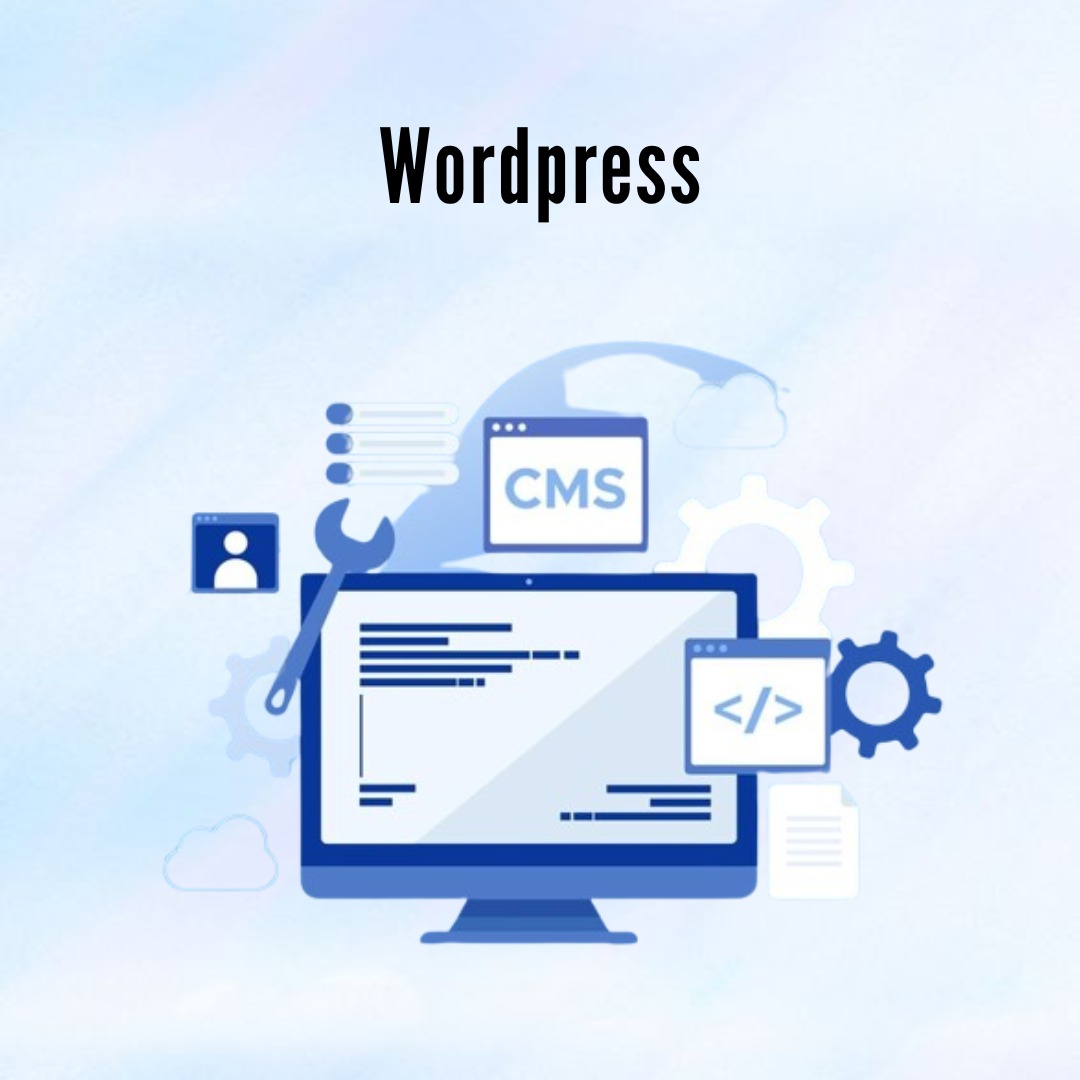
Introduction
WordPress is a free, open-source Content Management System(CMS) framework. It is the most widely used CMS framework of recent times. Let us now briefly discuss what CMS is and what WordPress is!
What is Content Management System?
A content management system (CMS) is an application used to create and manage digital content. Content is what makes any organization stand out from the crowd, content must be regular and well organized in order to maintain any branding possible thus rather than doing it manually CMSes are used for enterprise content management (ECM) and web content management (WCM).
An ECM is used for the collaboration in any workplace by integrating document management, digital asset management and records retention functionalities, and providing end users with role-based access to the organization’s digital assets. While WCM facilitates collaborative authoring for websites. It is easy to say that WCM is a more public content management tool whereas the ECM is totally built for more confidential contents to be kept secured within the organization.
What is WordPress?
WordPress is a content management system (WCM) i.e. it is a tool that organizes the whole process of creating, storing and showcasing web-content in an optimal way. WordPress started its journey as an improvement tool to enhance the regular typography of day to day writing. But it was taken as a blogging tool and as we reach the last quarter of this year WordPress stands strong as the most used WCM system used and that also not only in the blogging community.
WordPress is completely an open source tool and is still being updated very frequently.You may find the repository here. Like any other open source software, WordPress relies on its community.
Features
User Management − It allows managing the user information such as changing the role of the users to (subscriber, contributor, author, editor or administrator), create or delete the user, change the password and user information. The main role of the user manager is Authentication.
Media Management − It is the tool for managing the media files and folder, in which you can easily upload, organize and manage the media files on your website.
Theme System − It allows modifying the site view and functionality. It includes images, stylesheet, template files and custom pages.
Extend with Plugins − Several plugins are available which provides custom functions and features according to the users need.
Search Engine Optimization − It provides several search engine optimization (SEO) tools which makes on-site SEO simple.
Multilingual − It allows translating the entire content into the language preferred by the user.
Importers − It allows importing data in the form of posts. It imports custom files, comments, post pages and tags.
